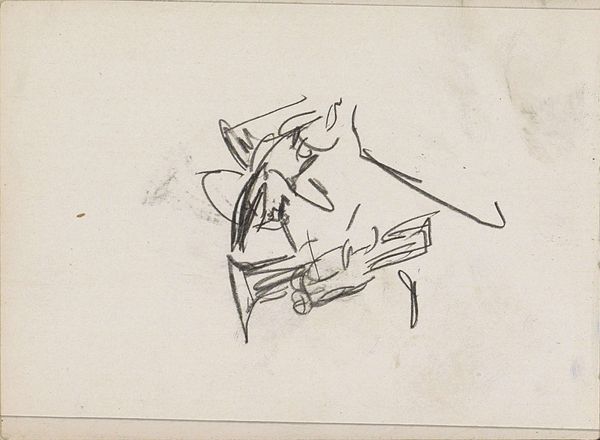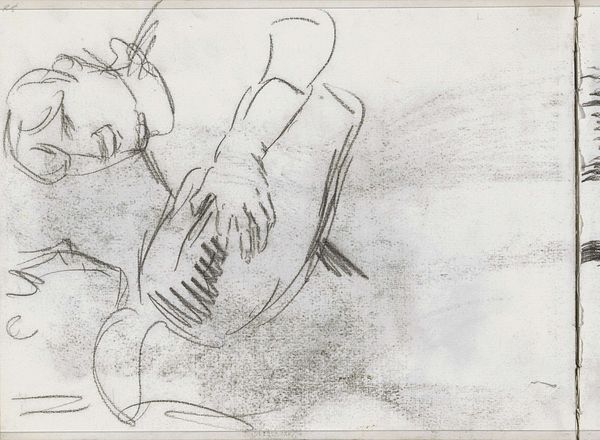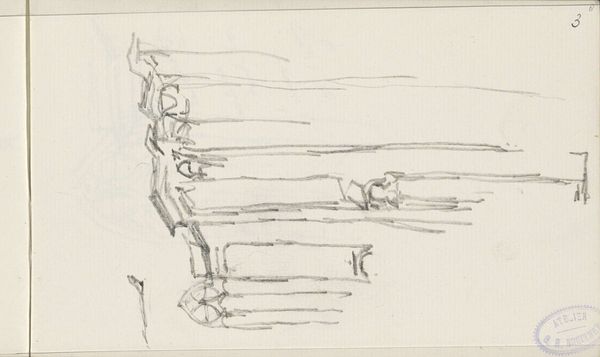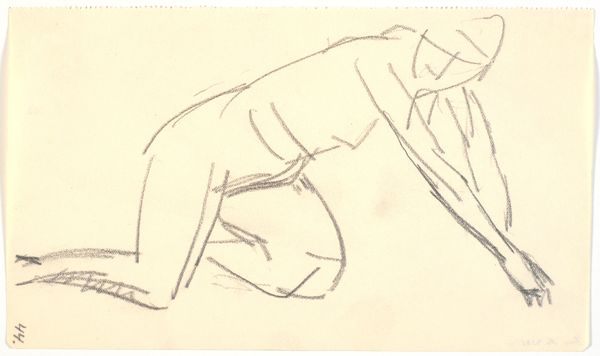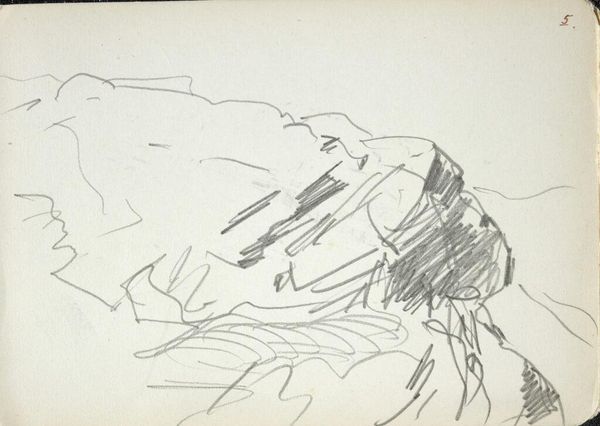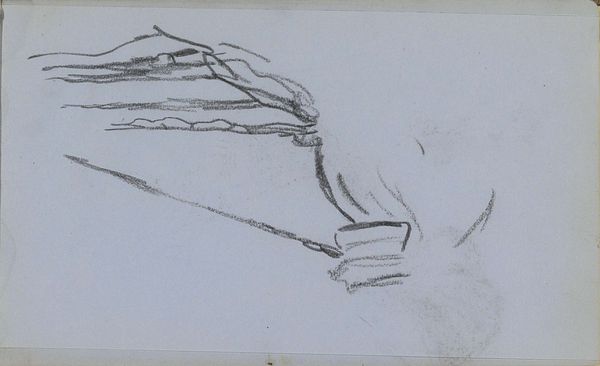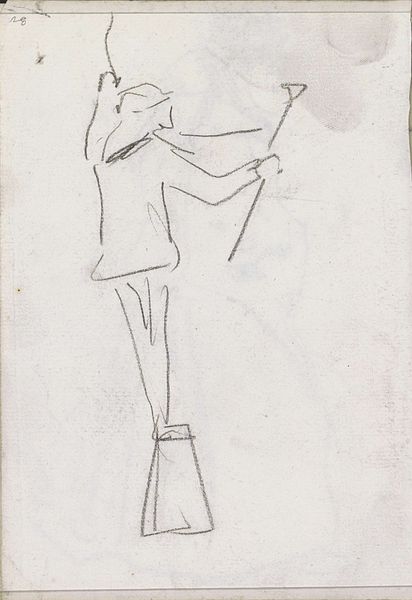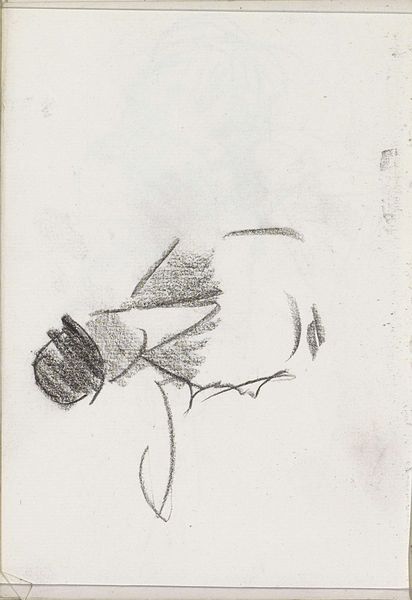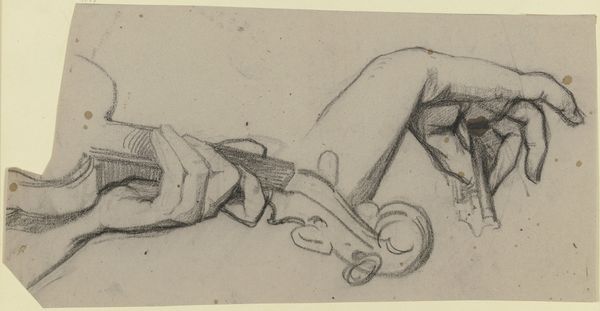
Dimensions: 36.5 x 51 cm
Copyright: Public domain
Curator: Immediately, I'm struck by the feeling of tension and vulnerability, almost painful, rendered in this graphite drawing. The figures seem to be caught in a moment of intense physical strain, but also exposure. Editor: Here we have Ernst Ludwig Kirchner's "Parterre Acrobats," created in 1932. It’s a piece rendered in graphite that encapsulates Kirchner's signature expressionist style and engagement with the figure. Curator: The stark lines and shading definitely highlight the distortion of the bodies. Kirchner seems to push the physical forms to a point of near breaking. It evokes that feeling of fragility, doesn't it? Like something delicate might snap. And their faces are just obscured emptiness! Editor: Exactly, the distortion, combined with the obscuring of facial features, feels representative of the destabilizing social climate in Germany during the Weimar Republic and the interwar period. It's as if he’s illustrating societal anxieties through the contorted forms. This type of rendering asks us, whose anxieties are amplified, and whose bodies become a site of this national angst? Curator: I see that reading. Considering that Kirchner’s own mental health struggles during this time, I also interpret these figures as potentially representing his own personal anguish, his interior life becoming a reflection of broader unease. They speak to an inward collapse, I think. Editor: Yes, both interpretations coexist! Remember, though, Expressionism often places the subjective experience within a politicized context. Think about Kirchner’s eventual denunciation by the Nazis and branding as a "degenerate" artist. "Parterre Acrobats", in its rawness, challenged conventional ideas of beauty and bodily integrity during a time when notions of "racial hygiene" and ideal forms were gaining frightening momentum. So, the fragility is inherently resistant. Curator: What stands out to me too is the contrast. The graceful precision we associate with acrobatics is missing. It subverts our expectations by rendering a physical act, traditionally one of joy, as a depiction of agony. That tension feels crucial for me. Editor: It prompts us to rethink the performative nature of existence itself! After all, acrobatics, in its most fundamental sense, is a calculated presentation, not unlike performing roles within oppressive social structures. This piece pushes us to see past surface spectacles to consider bodies pushed to their limits by demands both external and internal. Curator: I appreciate how it challenges any straightforward or purely aesthetic reading, requiring us to consider broader questions of historical, psychological, and cultural unease, like the layers within a complex symbol. Editor: Indeed, its enduring power lies in its invitation to interrogate our assumptions regarding the body, its roles, and its often-unacknowledged pain.
Comments
No comments
Be the first to comment and join the conversation on the ultimate creative platform.
